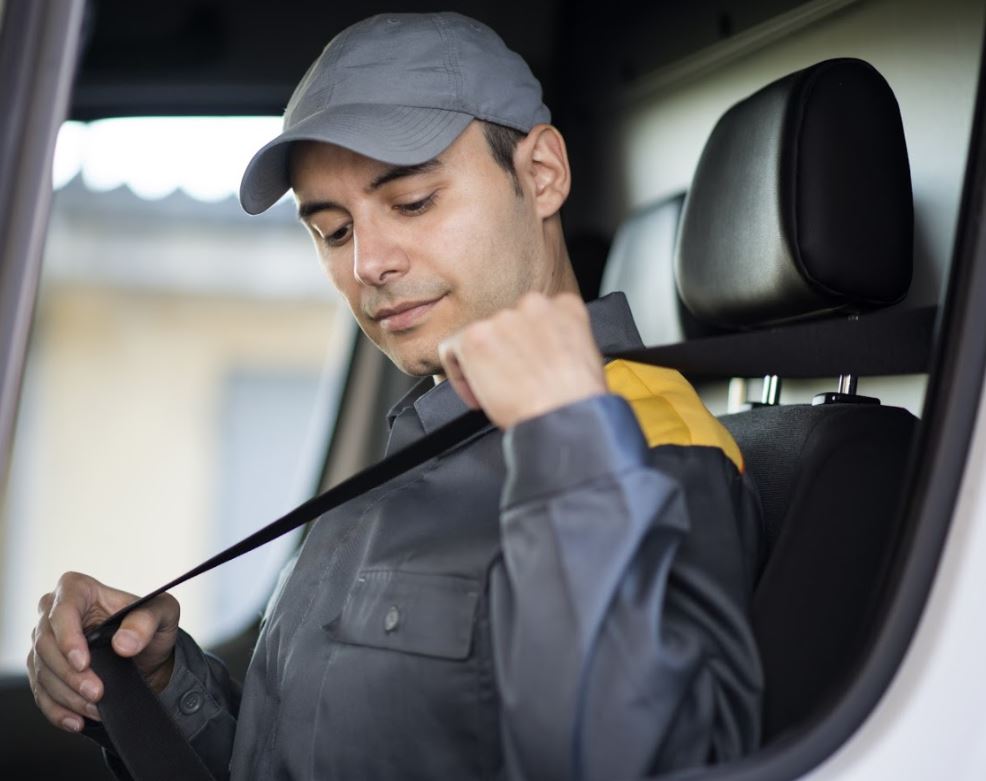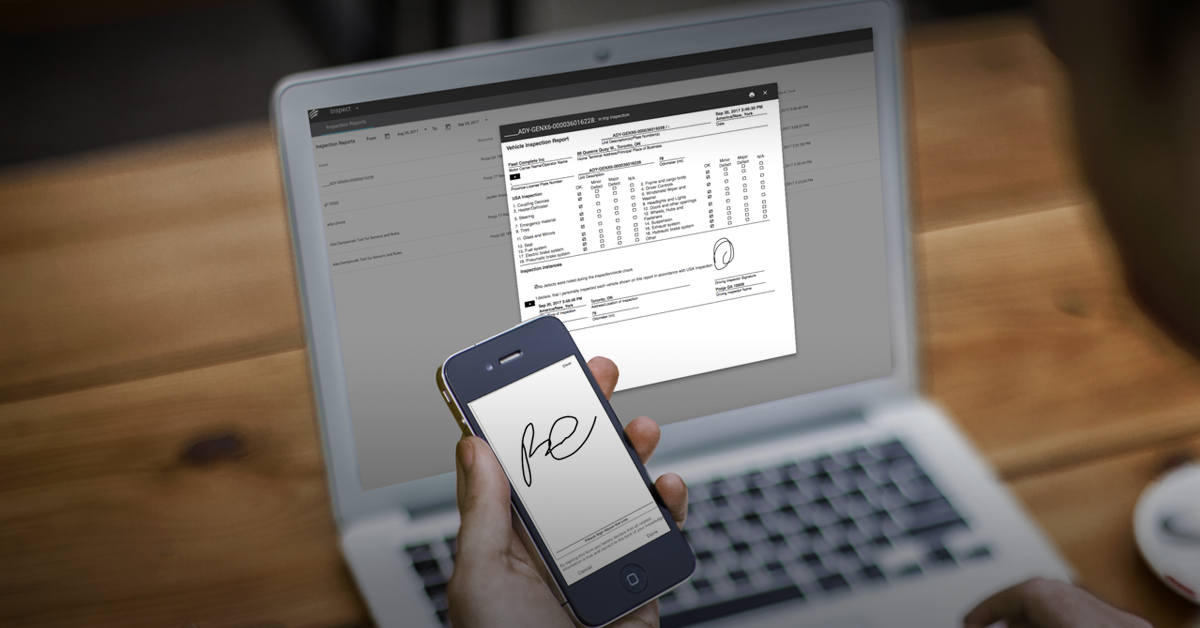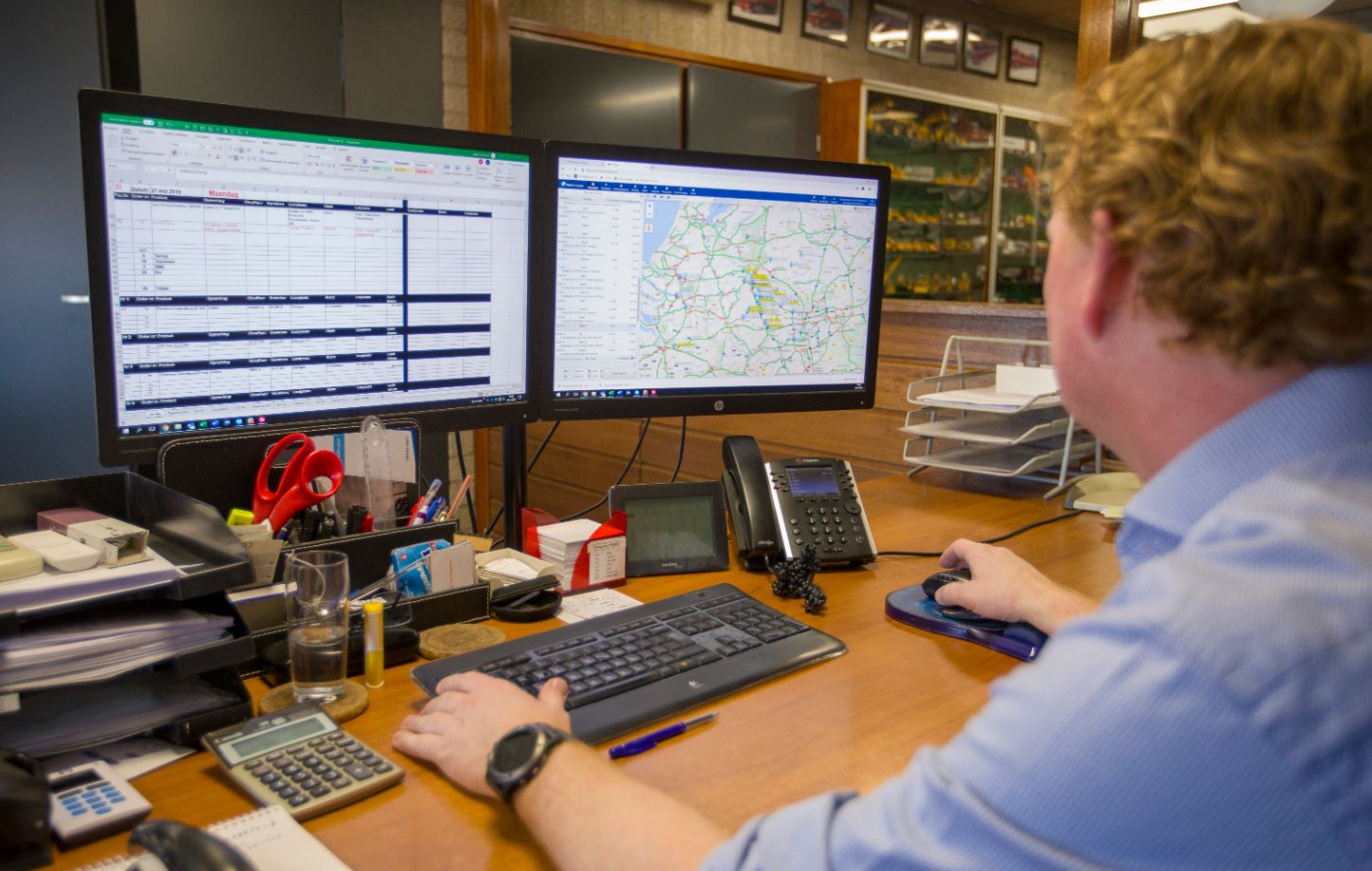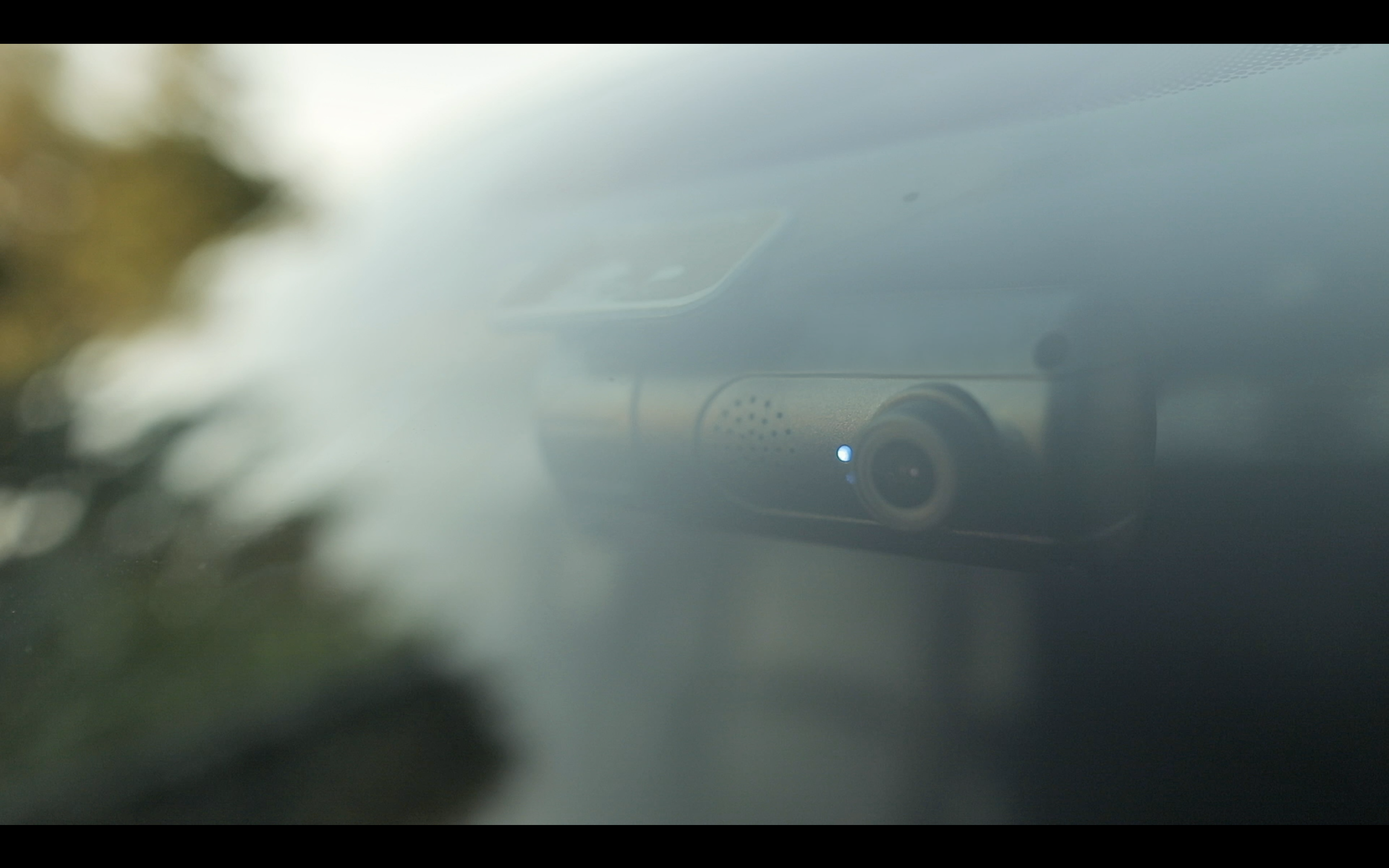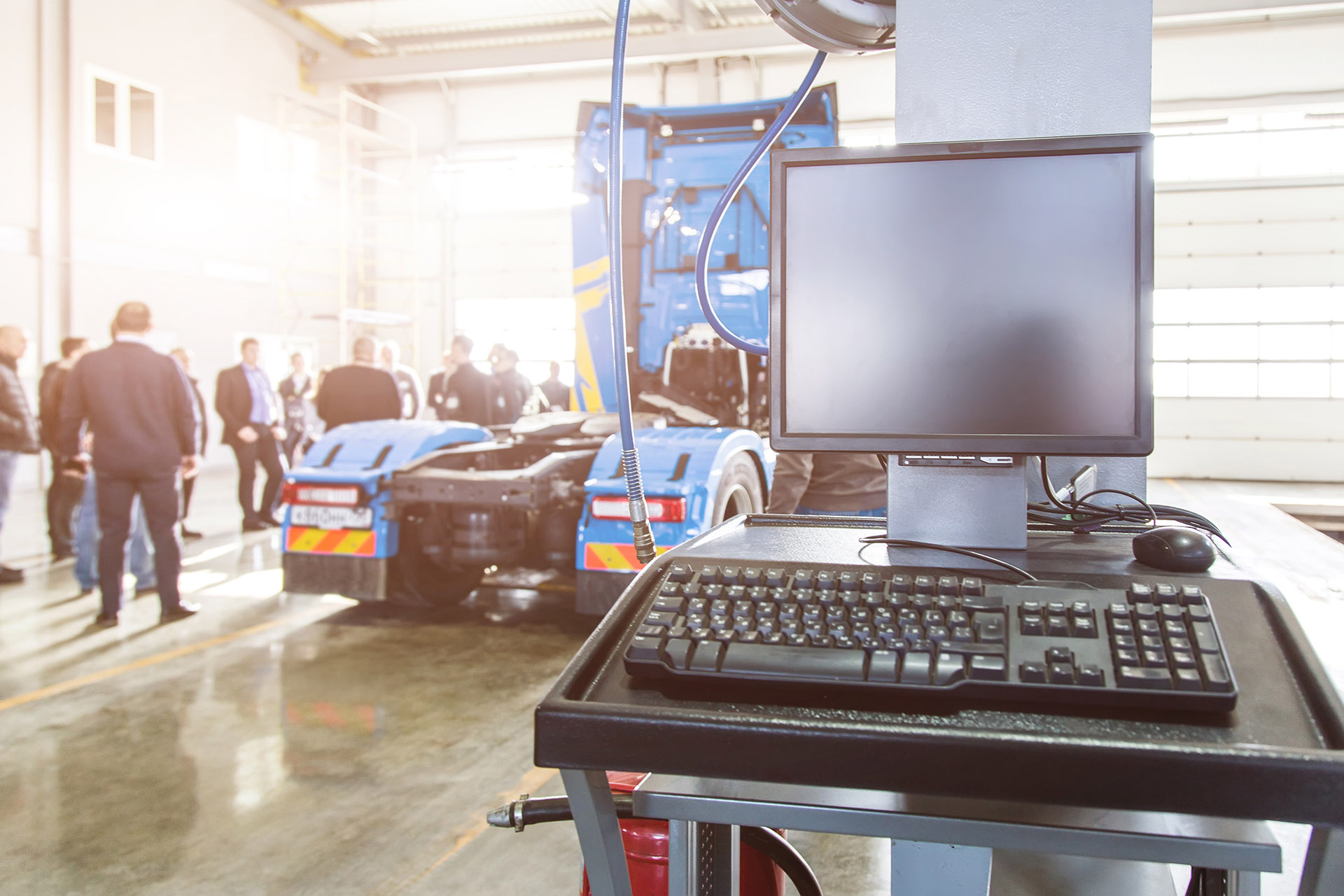2021 is bringing in changes to the way fleets operate. The COVID-19 pandemic has left its mark on the industry worldwide, however connected vehicles, Internet of Things (IoT), electrified vehicles, and value-added services are speeding ahead.
There are also some other emerging trends: self-driving trucks are becoming a reality, while 5G means fleet management software will be faster than ever.
In a competitive marketplace, it pays to stay on top of trends—and fleet companies who do will reap the rewards. To help fleet managers keep their fingers on the pulse of the industry, here are the top trends to keep an eye on for 2021.
1. Faster Connectivity with 5G
5G allows up to 100 times more devices be connected at the same time, so it will help realize the full potential of IoT—more and more smart connected devices can be “online”. And thanks to its low power consumption, some connected objects can operate for months or years without the need for human assistance.
“The concept of eSIMs is growing in popularity as the whole concept of device provisioning is changing with 5G technology,”— Junior Barrett, VP of OEM Partnerships at Fleet Complete.
Many are embracing the benefits of faster speeds to display videos, manage routes in real time, and collect huge amounts of data—including driving habits and environmental stats. We’re going to see more carriers take advantage of 5G connectivity throughout 2021.
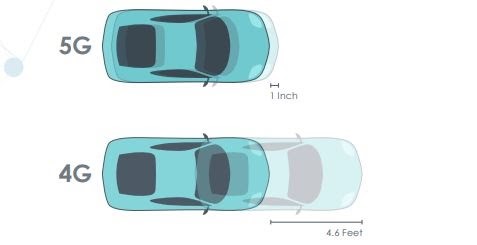 It would take about 4.6 feet for a 4G automobile to apply its brakes, whereas it would take just one inch for a 5G car to do so (Image Source)
It would take about 4.6 feet for a 4G automobile to apply its brakes, whereas it would take just one inch for a 5G car to do so (Image Source)
2. More Anti-theft GPS Systems
According to the National Equipment Register (NER), the top factor that stands in the way of stolen equipment recovery is “delays in the discovery of thefts and subsequent delays between the time of the occurrence and reporting [to authorities].”
Fortunately, the advancements in GPS tracking software allows fleet managers to locate vehicles in real-time. This makes recovery more likely, faster, and less difficult. Anti-theft GPS systems give managers real-time locations for entire fleets and items in transit, increasing visibility and control while deterring theft. As the technology evolves, more fleets will be using it to keep their assets safe in 2021.
![]()
Global GPS Tracker Market 2019 – 2023 (Image Source).
3. The Rise of Electric Vehicles (EVs)
EVs will begin to transform the carrier and logistics industries throughout 2021 and beyond. Electric Vehicles (EV) aren’t widespread just yet, but the transition is well underway, with quickly evolving technology making long-haul electric-powered journeys possible.
The climate crisis is a growing concern, prompting many carriers to adapt early, so they’re ready with greener vehicles as they become more popular.
As one example, Deutsche Post DHL (DPDHL) announced it aims to reduce all logistics-related emissions to zero by 2050.
“With the introduction of these electric vans in domestic parcel and letter services, we saw at the very beginning some kind of range anxiety of the couriers,” says Lars Pappe, Vice President of eMobility design and development at DPDHL. “But pretty soon the drivers found out they have an average route length of only 25 to 40 kilometers a day, while the battery capacity of these vehicles exceeds this by far. So even in wintertime, there is enough battery capacity left to return to the depot.”
With longer ranges and better route-planning capabilities, EVs are an increasingly practical reality.
4. Self-Driving Vehicles on the Road
In 2020, in Estonia and Greece, self-driving buses were put on public roads to be tested (with the help of fleet trackers from Powerfleet (formerly Fleet Complete)).
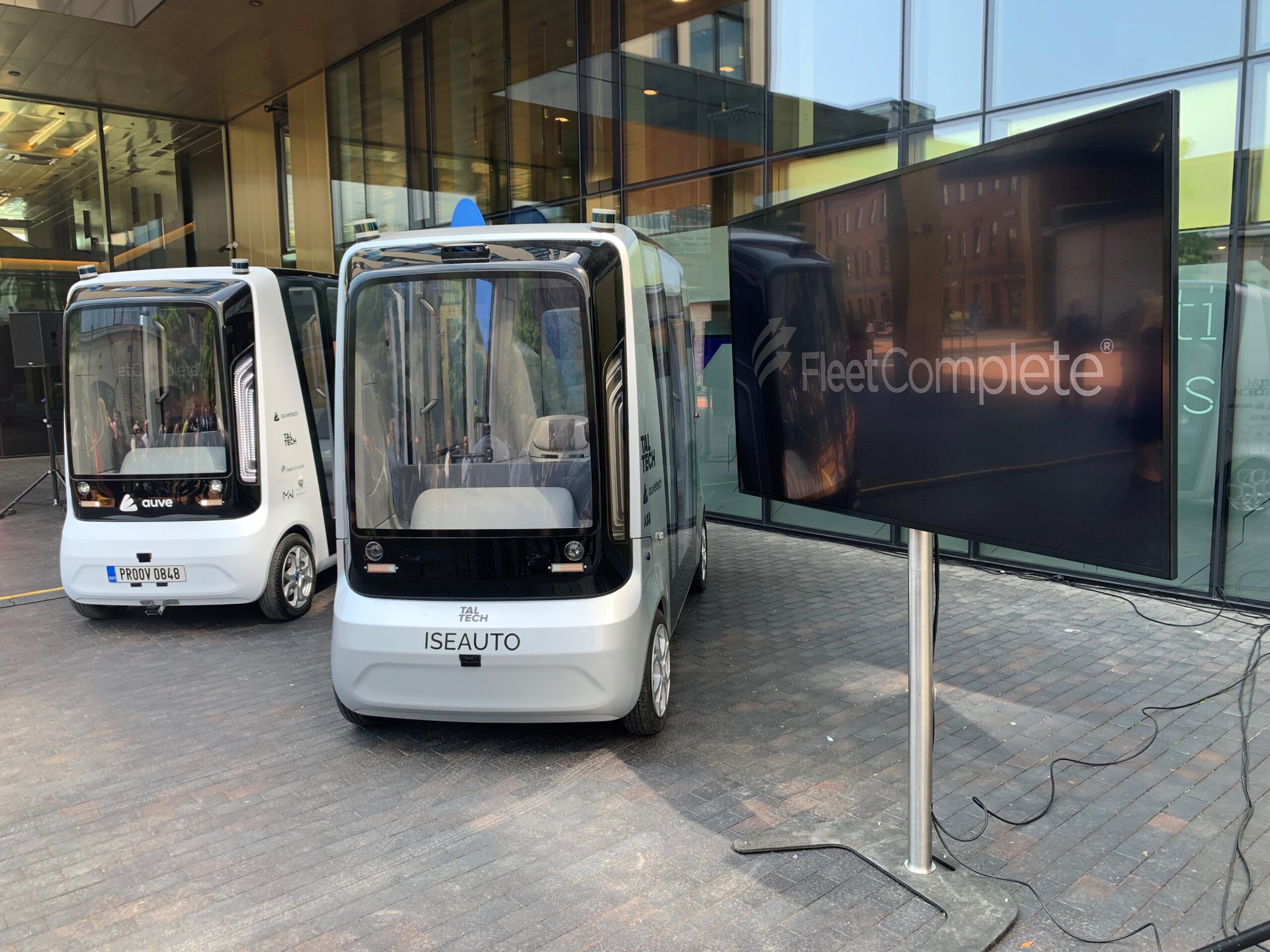 Testing pilot autonomous buses in Estonia with Powerfleet (formerly Fleet Complete) trackers.
Testing pilot autonomous buses in Estonia with Powerfleet (formerly Fleet Complete) trackers.
Tesla and General Motors are two examples of companies working to release self-driving taxis.
Pepsi, Asko, and Loblaw have all confirmed they’ve ordered Tesla Semi trucks for their commercial needs. They have radar that helps drivers navigate the road, autonomous emergency braking (AEB), and self-parking vehicles that make parallel parking a breeze. There will be more self-driving vehicles on the road in the coming years.
5. Blockchain in Logistics
Blockchain is a growing trend in distribution and transportation—and it’s shown to be useful in proving the accuracy of performance history records.
When a truck is sold, customers may have questions about its history. Blockchain transactions are highly secure and transparent, so buyers can be sure the information is accurate and trustworthy: every repair, warranty, or parts change will be visible. Meanwhile, contracts, documents, and cargo volume data can be transferred more securely through apps built around blockchain.
6. Usage-Based Insurance Packages
The rise of telematics and more advanced GPS fleet management software means driving habits, incidents, and behavior can all be tracked. Organizations can acquire more data than ever before and put it to good use: fleet managers who allow insurance companies access to this data will be able to enjoy personalized, lower insurance premiums—one of their biggest expenses.
“Making programs like this available to more fleet owners and owner operators, especially in the current economic climate, can make a real difference in saving costs,” says Richard Eyram, Chief Revenue Officer at Fleet Complete.
7. Shorter Model Cycle
As vehicles become increasingly digitized and EVs hit the market, it’s anticipated that the average vehicle lifecycle will shrink from 5-8 years to just 1-2. Short leasing will become more popular so fleets can keep up with changes without having to continually purchase new vehicles.
In today’s sharing economy, more and more companies introduce a vehicle reservation systems for their employees to drastically reduce their fleet costs.
Car sharing not only offers more efficient vehicle use, but also lowers your total mobility costs by up to 30%.
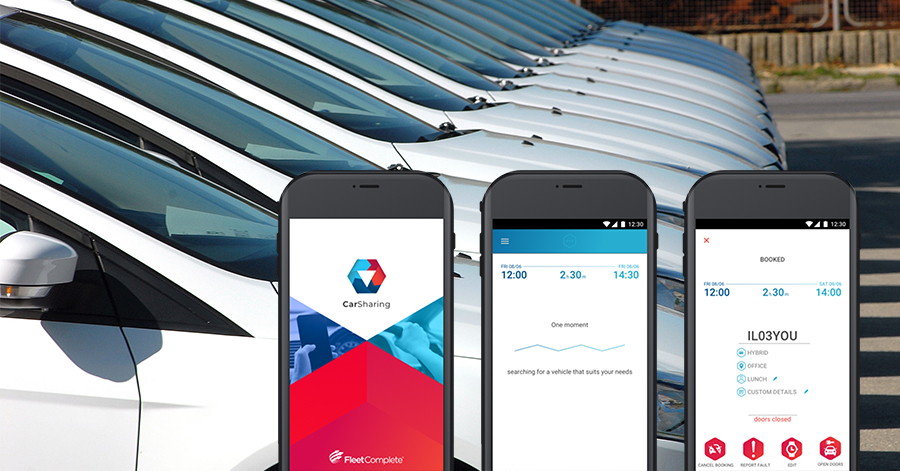 Powerfleet (formerly Fleet Complete) Carsharing app
Powerfleet (formerly Fleet Complete) Carsharing app
8. Predictive Maintenance
A study from Ernst & Young revealed that maintenance costs can account for 30-50% of a fleet’s total cost of ownership. With this much money at stake, you don’t have room for overspending.
Predictive maintenance is already popular, but we’re going to see it become the new norm in 2021. Fleet management software, today, is evolving to produce advanced diagnostics that can alert managers early about potential mechanical problems—up to a month before issues manifest. This minimizes downtime and makes it easier to catch problems before they snowball into costly repairs.
To learn more about how Powerfleet (formerly Fleet Complete) can provide the solutions for a future-proof system, request our Powerfleet (formerly Fleet Complete) demo.
If you have any questions about the Powerfleet (formerly Fleet Complete) features, contact us here.









